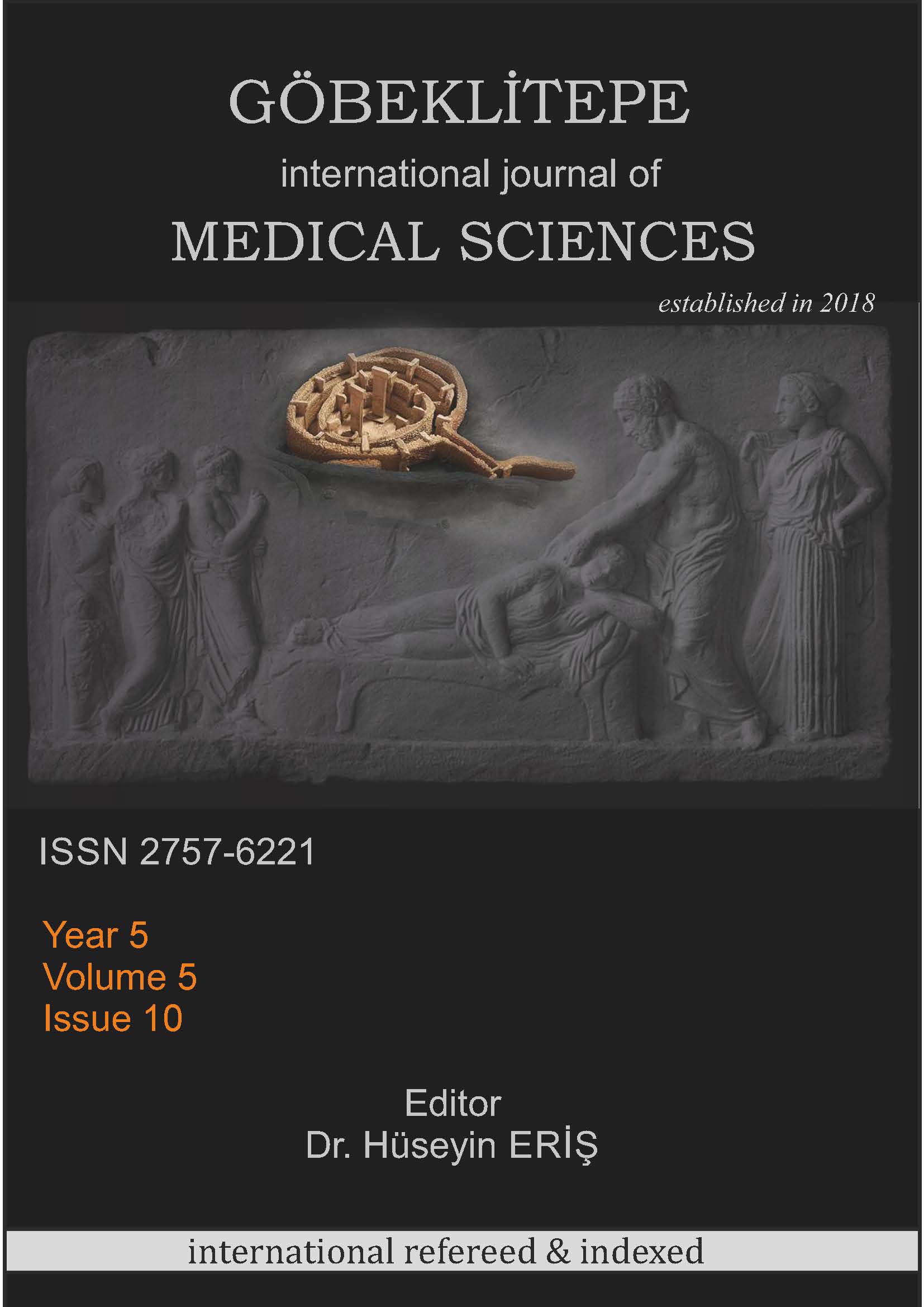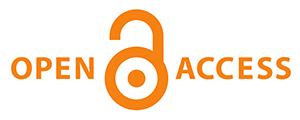EVALUATION OF THE EFFECT OF BOBATH THERAPY ON SPASTICITY IN CHILDREN WITH CEREBRAL PALSY USING SUBJECTIVE AND OBJECTIVE METHODS
DOI:
https://doi.org/10.55433/gsbd-130Keywords:
Cerebral Palsy, Muscle Spasticity, Rehabilitation, Muscle TonusAbstract
The positive effects of Bobath therapy on spasticity are known, but studies using objective data tools that can evaluate these positive effects are limited. The purpose of this study is to examine the changes in lower extremity muscle tone and viscoelastic properties of children with spastic cerebral palsy who received Bobath therapy. Thirty-three children with CP, aged between 5 and 15 (18 girls, 15 boys) were included in the study. Initial evaluations according to the evaluation parameters were performed with the Modified Ashworth Scale and Myoton®PRO Digital Palpation Device, and after the initial evaluation, all children continued the neurodevelopmental therapy (NGT) that they had received twice a week for 6 weeks. Muscle tone was measured with MAS, and muscle tone, stiffness, and flexibility levels were measured with Myoton®PRO Digital Palpation Device. According to the results of this study, it has been determined that the sensitivity of the MiyotonPRO digital palpation device is higher and more reliable than MAS in evaluating spasticity in patients with cerebral palsy. Therefore, it is recommended to use MiyotonPRO digital palpation device, which is more objective and reliable in evaluating spasticity in children with cerebral palsy in future studies.





